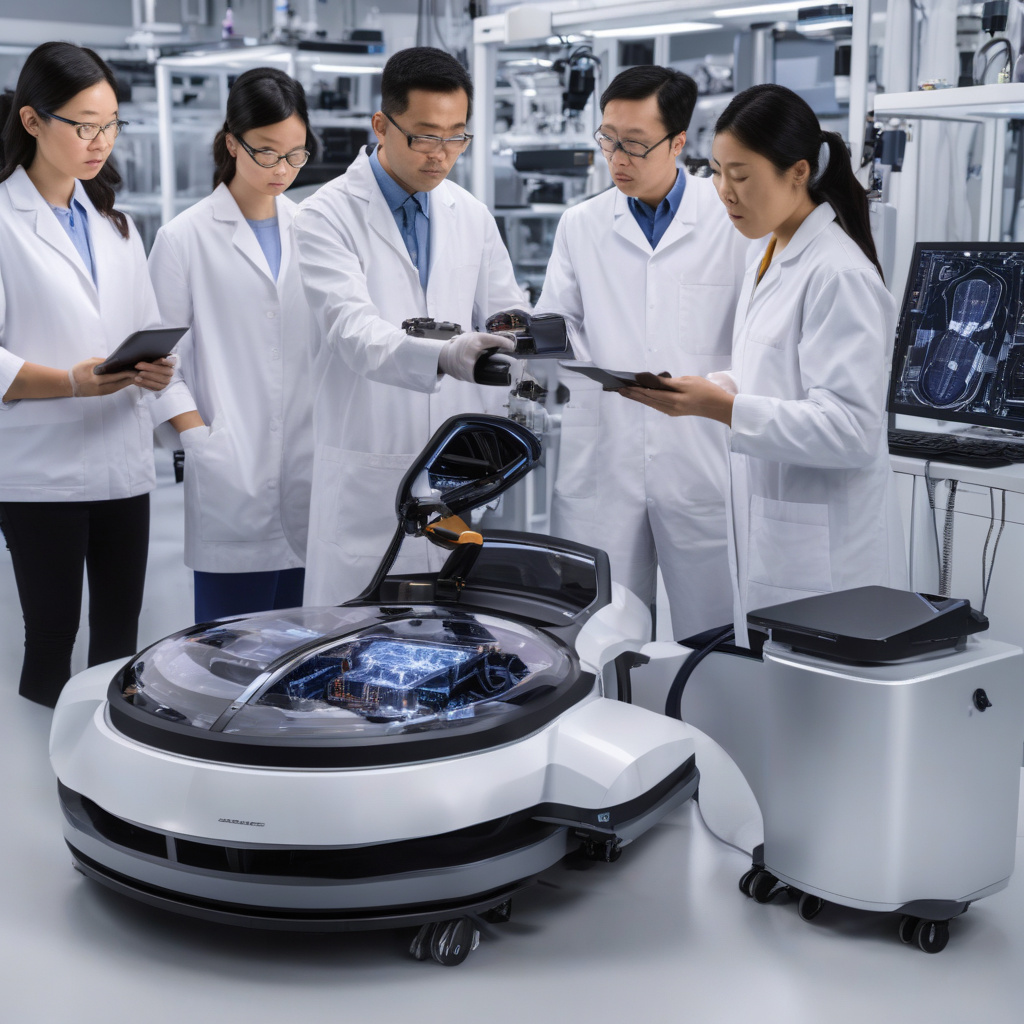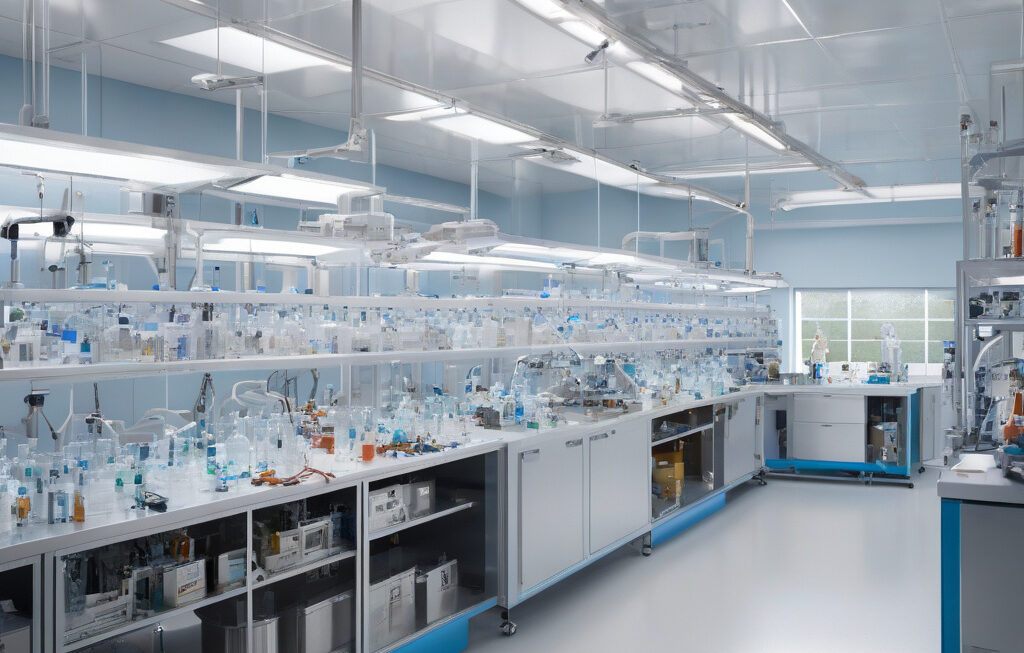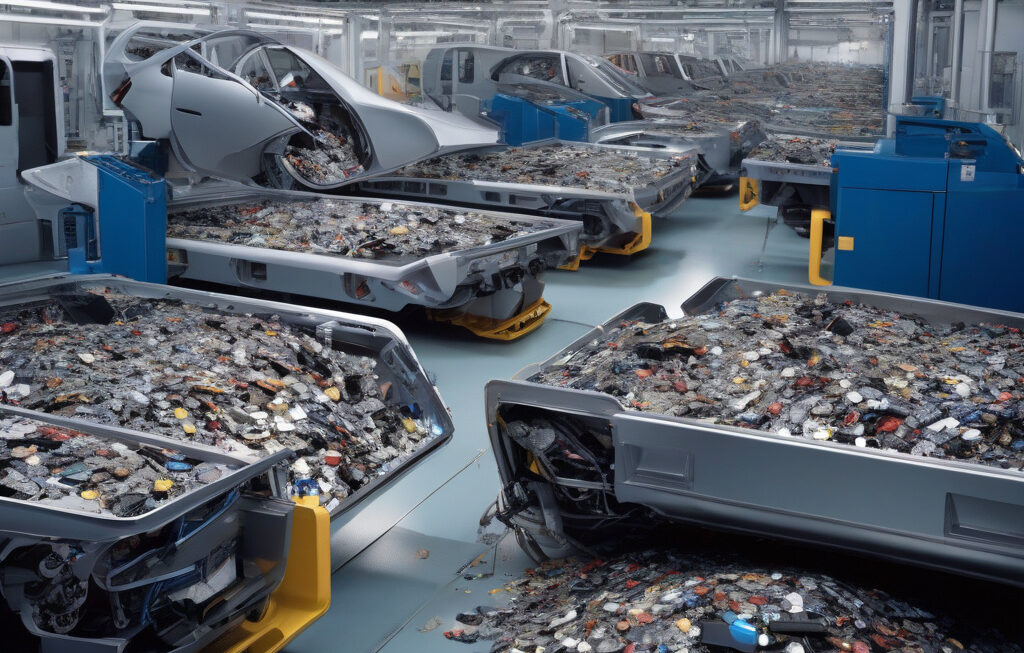Ultra-Precise US Nano Scans Help Revive Dead EV Batteries with Pinpoint Recycling
Lithium-ion batteries power everything from electric cars to grid storage. Nearly all the world’s electric vehicles (EVs) run on lithium-ion batteries, making them a crucial component in the transition to a greener, more sustainable future. However, as these batteries age, they lose their efficiency and storage capacity, eventually becoming unusable and contributing to electronic waste.
To address this challenge, researchers in the United States have developed ultra-precise nano scans that can revive dead EV batteries through pinpoint recycling. This innovative technology aims to not only extend the lifespan of lithium-ion batteries but also reduce the environmental impact of disposing of them prematurely.
The process begins with the ultra-precise nano scans, which allow researchers to identify and map out the specific areas of the battery that have degraded or failed. By pinpointing these areas, they can then target them for recycling, either through repair or by extracting valuable materials for reuse in new batteries.
One of the key advantages of this approach is its ability to recover materials that would otherwise be lost in traditional recycling methods. For example, cobalt, a critical component of lithium-ion batteries, can be extracted and reused, reducing the need for new mining and lessening the environmental impact of battery production.
Moreover, by reviving dead EV batteries, this technology can help alleviate the growing e-waste problem. As the demand for lithium-ion batteries continues to rise, finding sustainable ways to recycle and reuse them is essential for reducing the environmental footprint of the electric vehicle industry.
In addition to its environmental benefits, ultra-precise nano scans offer economic advantages as well. By recovering valuable materials from dead batteries, manufacturers can reduce the cost of producing new batteries, ultimately making EVs more affordable for consumers.
Furthermore, this technology has the potential to revolutionize the energy storage industry by enabling the development of more efficient and sustainable batteries. As researchers continue to refine and scale up the process, we can expect to see significant improvements in battery performance and longevity.
Overall, the use of ultra-precise nano scans for reviving dead EV batteries represents a major breakthrough in the field of battery recycling and sustainable energy storage. By combining cutting-edge technology with a commitment to environmental stewardship, researchers are paving the way for a more sustainable and efficient future.
In conclusion, the development of ultra-precise nano scans for reviving dead EV batteries holds great promise for the electric vehicle industry and the broader transition to clean energy. As we strive to build a more sustainable future, innovations like these will play a crucial role in reducing waste, lowering costs, and mitigating the environmental impact of our technological advancements.
electricvehicles, sustainableenergy, nanotechnology, recycling, environmentalimpact












